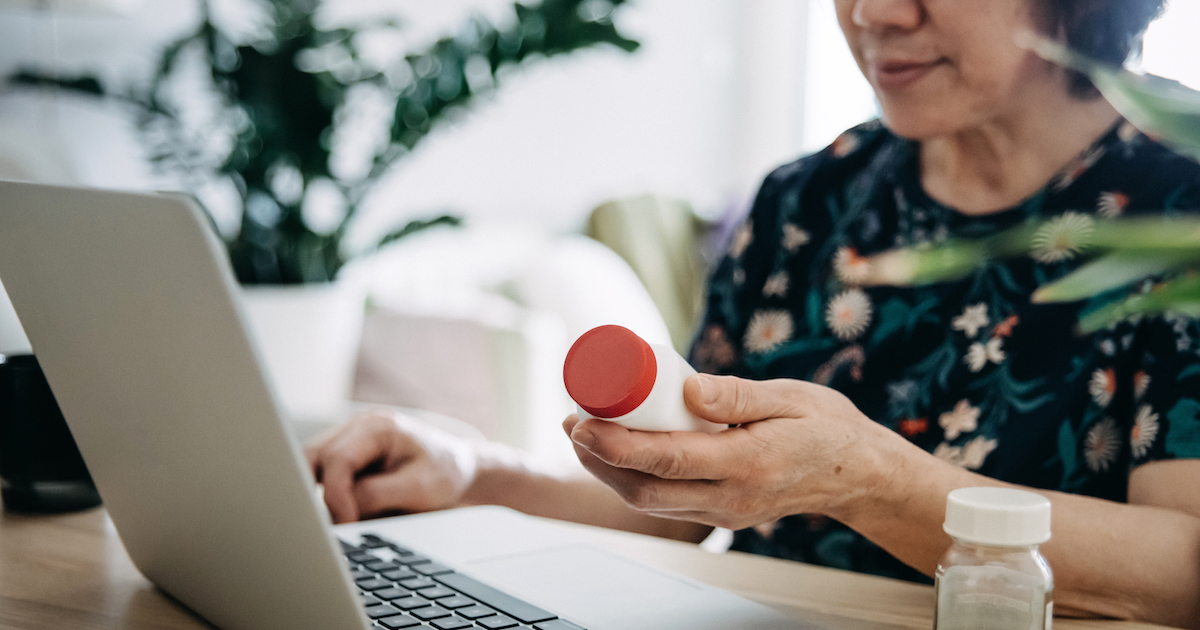 Preventative telemedicine could play a key role in helping school-aged children with asthma manage their condition. A recent study published in JAMA Pediatrics, reported that kids who used telemedicine and in-school care for their asthma had fewer visits to the ER than children who used enhanced usual care.
Preventative telemedicine could play a key role in helping school-aged children with asthma manage their condition. A recent study published in JAMA Pediatrics, reported that kids who used telemedicine and in-school care for their asthma had fewer visits to the ER than children who used enhanced usual care.
“The telemedicine model is one form of connected care that enhances access to medical services for traditionally underserved children and was an efficient way to link children to primary care and facilitate asthma assessment and treatment in this study,” authors of the study wrote.
The study found that children in the intervention group had more symptom free days per every two weeks post intervention than the children who received the standard of care treatment. Researchers also found that children who participated in the SB-TEAM and were prescribed a preventive asthma medication and had fewer hospital trips than kids in the standard level of care group postintervention (7 percent to 15 percent).
Researchers created a School-Based Telemedicine Enhanced Asthma Management (SB-TEAM) program, which uses a combination of telemedicine support and school-based medication therapy. Participants in this program received supervised administration of preventative asthma medication at school as well as three school-based telemedicine visits to ensure appropriate assessment, preventative medication and follow-up care, according to the study.
“We found that the SB-TEAM intervention yielded statistically significant improvements in outcomes among urban children with persistent asthma,” authors of the study wrote. “Children receiving the intervention had more SFDs, fewer days with activity limitation, reduced airway inflammation, and fewer emergency department visits or hospitalizations for their asthma.”
Researchers enrolled 400 students from the Rochester City Schools, which the study considers an impoverished district. The average age of participants was 7.8 years old. Most of the children identified as African American (57.6 percent) or Hispanic (31.8 percent). A majority of the participants had pubic health insurance, and about half of the children lived at home with a smoker. However, there was no difference between groups in demographic characteristics or exposure to smoke at baseline, according to the study. Researchers then split the children into two groups. Half got the SB-TEAM treatment and the other half got preventative care medication recommendations and asthma education materials.
Before participating in the study, students had an average of 7.2 symptom free days per every two weeks. Parents and guardians of the children reported that 48 percent of participants went to the emergency room or were hospitalized for asthma in the prior year and 68 percent were prescribed daily preventative medication.
During the study 98 percent (196 students) in the SB-TEAM group had at least one telemedicine visit, 17 (86 percent) had two telemedicine visits and 108 (54 percent) completed all three visits.
"Clinicians and researchers across the country are designing similar programs, using resources available in their communities to reach underserved children with asthma and help them get needed assessments," Dr. Jill Halterman, chief of the division of General Pediatrics at URMC and the study's lead author, said in a statement. "But regardless of how you're reaching them initially, those children may continue to have issues if they aren't taking their medications regularly. The integration of telemedicine with supervised treatment through school provides one model to ensure that children receive consistent, effective asthma treatment."


